This Learning Progression will take place in a 12th grade Collection of Evidence class at the Excel High School in Ellensburg School district located in Black Hall on Central Washington University Campus. There is no scripted curriculum for this class and not content restrictions or goals set by the mentoring teacher. The content that is taught is decided by the instructor and the purpose is to prepare the students for entering the work force and having the math skills to be successful. These lessons will align with the mathematics content standards HSF.BF.B.3. The Learning Progression will also be aligned with the following mathematical practices: MP5 Use appropriate tools strategically, MP7 Look for and make use of structure, and MP1 Make sense of problems and persevere in solving them.
Students have spent the year learning various basic math skills that covers subjects from finding areas and volumes, to statistical analysis, and all the way to basic optimization problems. These were learnt to pass a test to ensure that the students would be able to graduate high school. Now that the tests are completed the student have little motivation to complete anymore content. The course content that was covered was expansive but did not rigorously cover each of the topics in depth. Therefore, this progressions goal is to take one of the subjects that was covered, specifically functions, and study it more in depth. The purpose of the focused approach is to create a new goal to work towards: a modeling project. The student will create a model that represents something that has meaning to them. To better understand how this model works they need to understand how functions work. So this progression will cover more complex concepts regarding functions. The students will build off of their basic understanding of functions and their basic algebra and graphing skills to understand function transformations, compositions, and inverses so that these can be tools that the students can use in making their models. Since their content understanding is limited, the depth of this discussion of functions will be limited to linear and quadratic functions.
To foster better learning and peer tutoring, the students will be exposed to a mix of cooperative learning and ability grouping. Students who are excelling, who are meeting expectations, and who are no meeting expectations will be grouped in equal amounts. This will give the opportunity for struggling students to get more help that what the teacher can provide individually and will allow the students who are meeting expectation and those who are excelling to tutor the struggling student to improve their own understanding of the materials being taught. This is particularly beneficial for students with exceptionalities and those who are bilingual or multi-lingual learners. These students can be grouped with more fluent students to practice their math skills as well as practice their speech.
The goal of this Learning Progression is to have the students develop an understanding of the relationship between a parent function and functions that are generated from transforming that parent function. They will learn the ways a linear function and a quadratic function can be transformed. Each student will leave the lesson with the ability to identify parent functions, formalize a transformation in words and in function notation, and generate functions given a parent function and a list of transformations.
Below are the documents that are relevant to this Learning Progression:
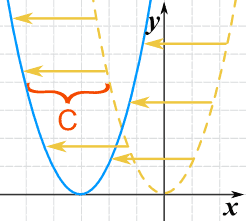
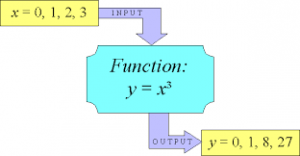
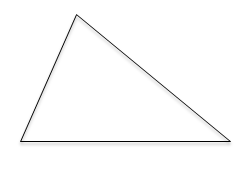




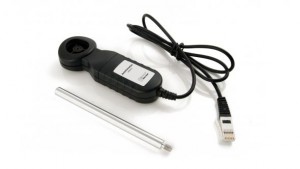
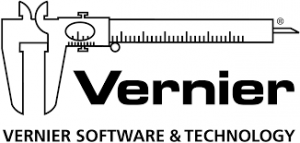

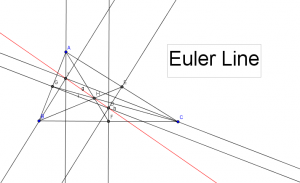
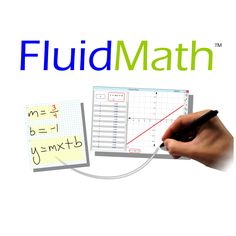 graph equations, factor expressions, find solutions, and much much more all with the swipe of their fingertip. Teachers can use this app as a whole class demonstration or as a small group activity to have students make up their own problems and discover the answers. At the heart of this software is the desire to have students take learning into their own hands and enjoy playing with technology while also receiving an educational benefit. However, it can also be used for a teacher-led activity where the Ipad is placed under the document camera or, if the computer is a Windows computer, a simple projector could be used to show the students what the teacher is doing from the computer. A small $1.99 subscription fee per Ipad or computer is necessary for the app to be used in addition to access to internet.
graph equations, factor expressions, find solutions, and much much more all with the swipe of their fingertip. Teachers can use this app as a whole class demonstration or as a small group activity to have students make up their own problems and discover the answers. At the heart of this software is the desire to have students take learning into their own hands and enjoy playing with technology while also receiving an educational benefit. However, it can also be used for a teacher-led activity where the Ipad is placed under the document camera or, if the computer is a Windows computer, a simple projector could be used to show the students what the teacher is doing from the computer. A small $1.99 subscription fee per Ipad or computer is necessary for the app to be used in addition to access to internet.